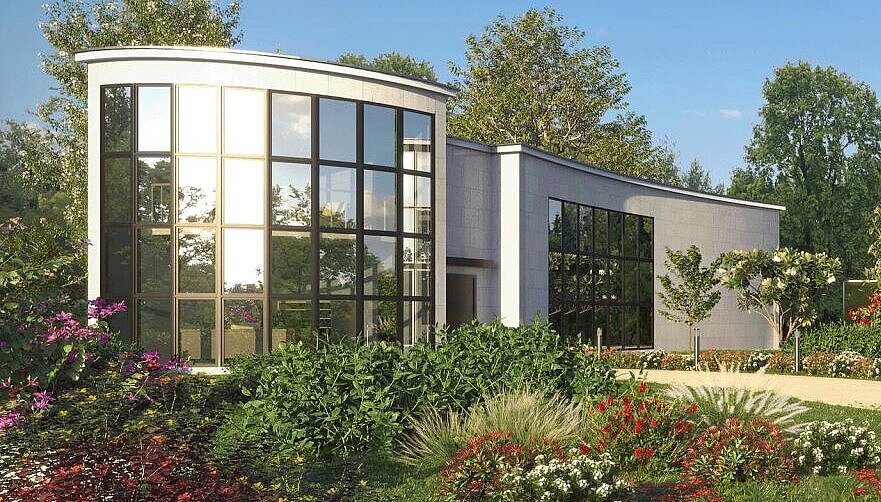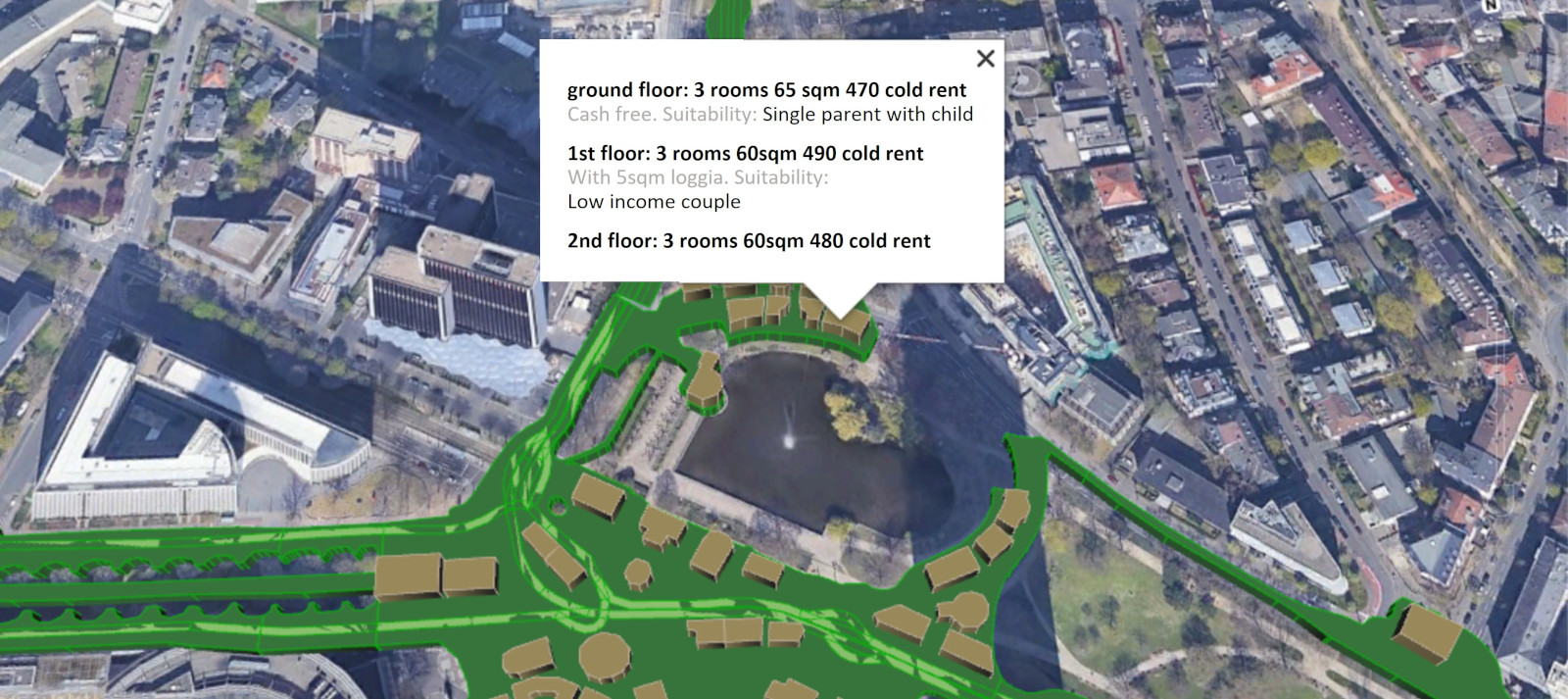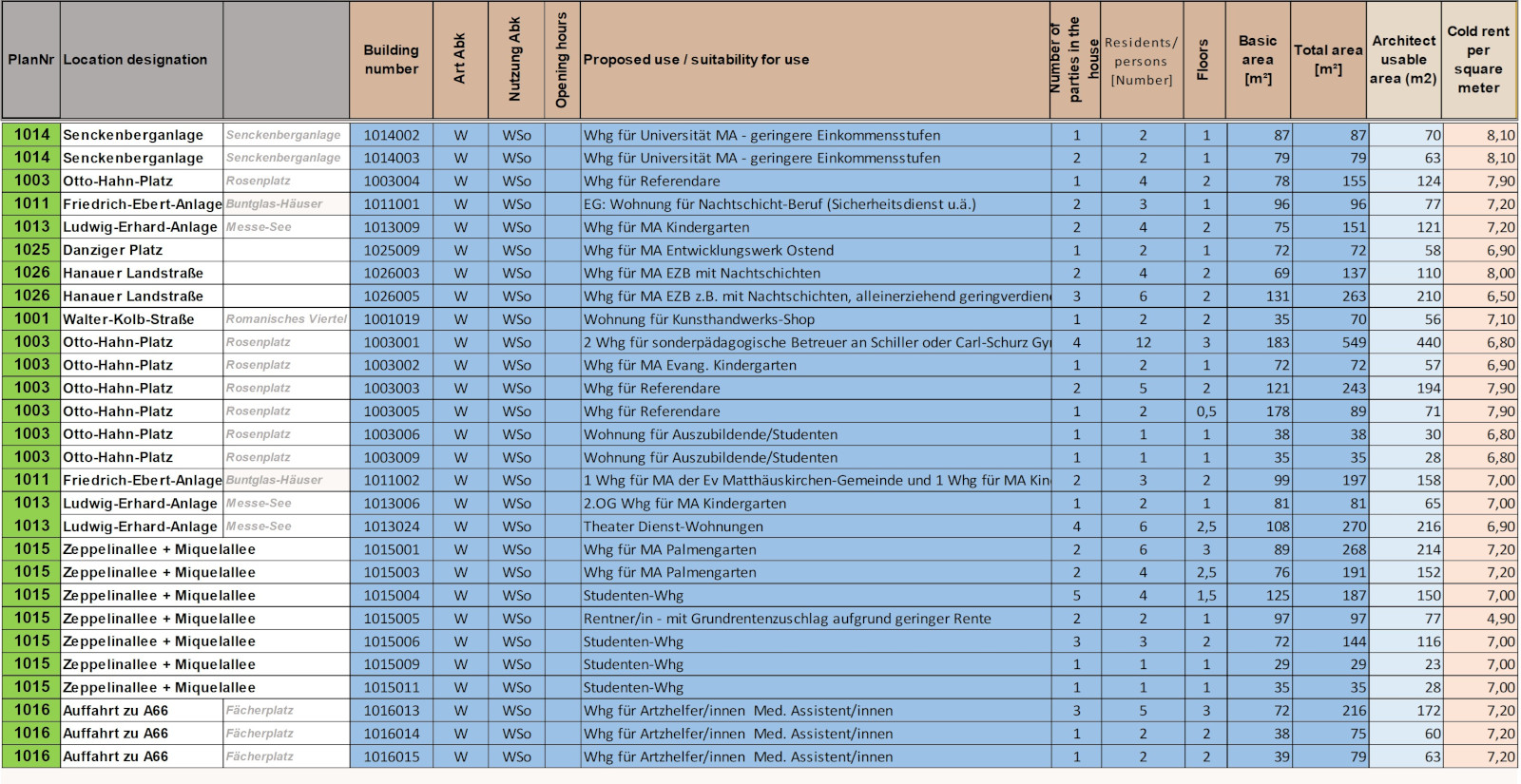Renting conditions for business owners: commercial space can only be rented on the Frankfurt Bridges with a positive social contribution
Service providers and restaurateurs have hit the jackpot with space on the Frankfurt Bridges: They get premises that are optimally connected to all areas of the city by the bridgetrafficsystem, the buildings are all beautiful, most of the ground floors have terraces or garden space and the rents are still comparatively moderate.
The resulting profitability, however, does not end up entirely with the respective business owner pockets; rather, they must fulfill certain conditions according to the bridge rental agreement: The most important condition is the use of the bridgepackagingsystem, which consists exclusively of reusable packaging and packaging that can be incinerated without emission of residues, as well as 100% biodegradable packaging made from renewable raw materials. This applies to the gastronomy and its take-awaybusinessaswellas to all product packaging, shoppingbags, parcel cartons etc.
In the case of shops selling foodstuffs or gastronomy, as well as other articles for daily consumption, the products must either be certified organic or come from the region, or serve to create original dishes and baked goods for which it is not always possible to obtain the ingredients from organic cultivation without further hassle (for example, in the case of special dishes or baked goods from other countries).
The following applies to all companies on the bridges: Employees are allowed to pursue further training for up to one and a half days per week, with full pay. The further training usually takes place in other companies on the bridges, which then take over part of the corresponding personnel costs.












